Overview
This week the team had a lot of activity in the project room. The first half of the week was spent preparing for quarters presentations that would take place Wednesday morning. This included making slides, planning the layout of the room, and creating player personas to help define our experience’s audience. Then we had the presentations where we got a lot of feedback and opinions from the faculty. Our environment artists have begun work on models of various technologies that will be featured on the rooftop. The character artists have continued work on the characters of the game, with Yukti working on the sculpts for various characters and Amber finishing up work on our character concept art. Finally, on Friday, we had Jesse Schell stop by the room to have a chat about the project. Then, later in the afternoon, we held our first playtest for the puzzle mechanic in the game.
Quarters
Prep
On Monday the team sat down together to create a slide deck to showcase all of the work that has been done on the project thus far. The goal was to give us a starting point with all of the information contained in it to later trim down and iterate on for Wednesday. We ran through this with our faculty instructors Heather and Jonathan and it ran far too long. At this point we decided on a path for quarters. We would trim down the slides and give a very quick overview of the project. We would then have multiple stations set up around the room that would provide more details and show off different aspects of the game. Below is the “Menu” we presented to the faculty of the different areas of the room we could go into more details about.
Part of our prep was also creating player personas to help define our audience by sending out a survey to classmates and friends within the intended demographic of our game, ages 18 – 25. This survey asked questions about their gaming experience as well as attitudes on climate change and the future of the planet. The goal with these personas was not only just to define our audience further but to use them to help further define our design process.
Presentations and Feedback
The presentations went well overall. There was a pretty even split between faculty groups that wanted to just talk with the team afterward and those who wanted to walk around the room for a deeper discussion on various aspects of the game. There was some concern about the game’s scope but also a lot of positivity surrounding the subject matter of the game as well as the general optimism we are trying to show in the future. Below are some opinions and points of advice from the faculty.
- Have a call to action at the end with some resources to help the player take climate action in their real lives
- Many faculty liked that we are not building a dystopian future and liked the fact that we are showing multiple time periods
- Try to focus our production on playable milestones of the game
- There were some scoping concerns around the number of concepts our game is going to cover as well as the general structure and art needed
- Some advice was to visit an actual rooftop garden
- Another large question was whether we should call what we are making a game or an interactive experience
- One faculty member said he would like to see a playable version of our game by halves
There is a lot to consider here and while we have begun to have some discussions on how we prioritize things to control scope, we still need to have more discussions about the general feedback received. On Monday we meet with our instructors so we will be doing some unpacking then
Environment Art
These are some of the models currently being worked on for the rooftop environment of the game. The models range from technology to fill out the environment to the last two models, which will be used in gameplay.
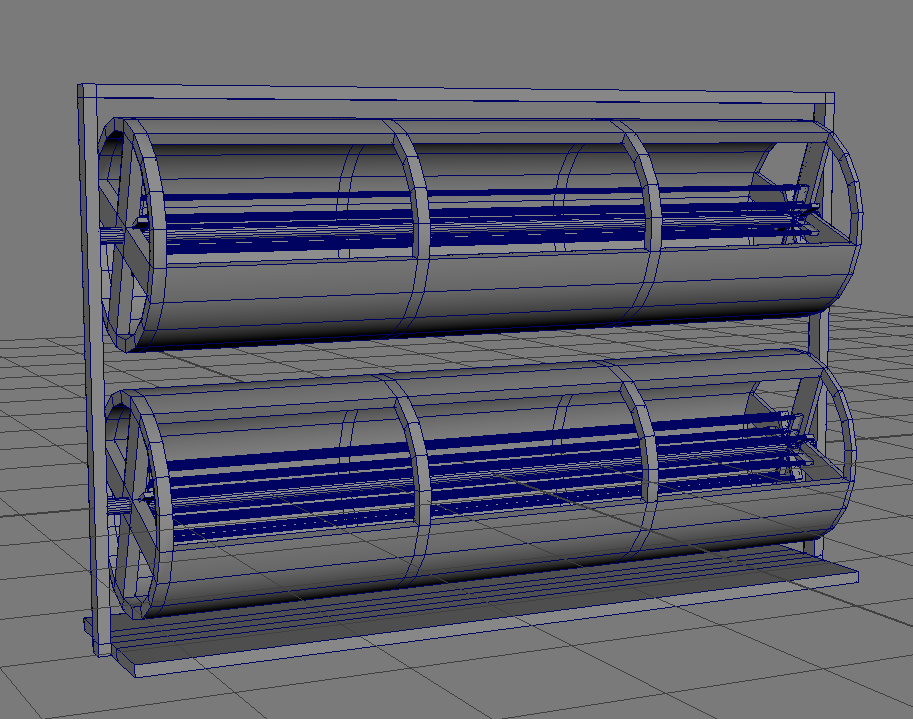
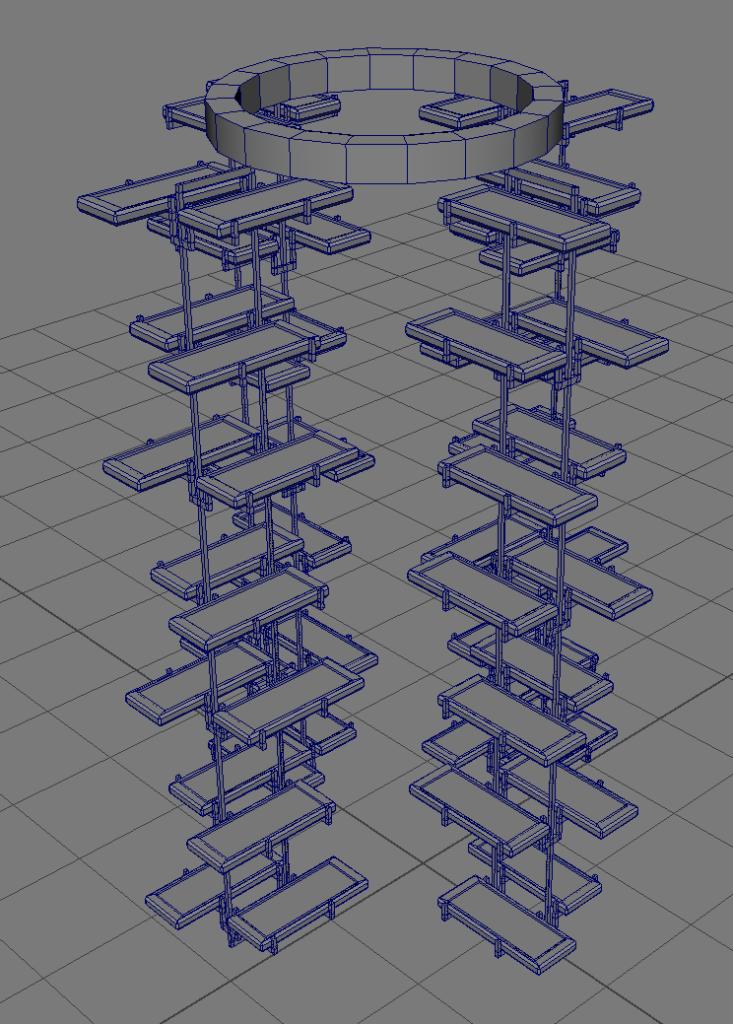


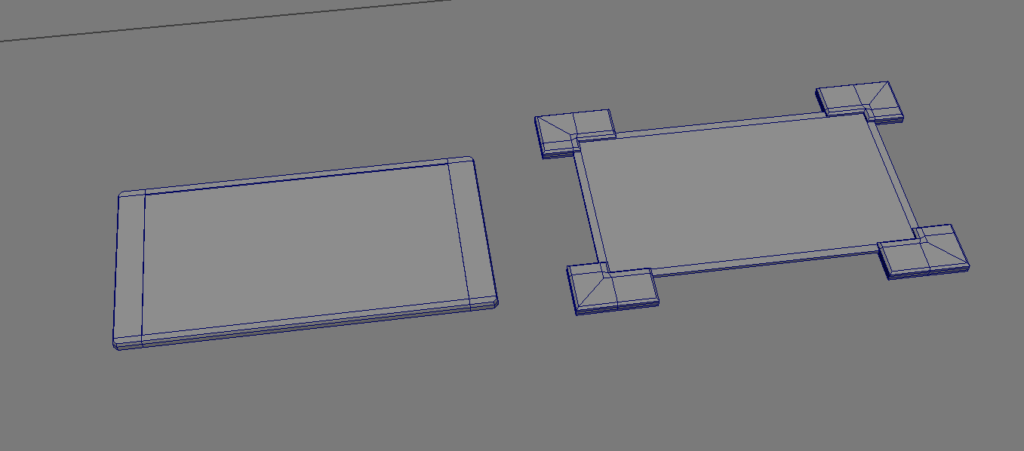
Character Art
Not only are all 2d character concepts done but sculpting work has been completed on the majority of the characters. These sculpts will be used to create base meshes for the characters.
Concept Art
Amber continued their work on the character concepts for the game.
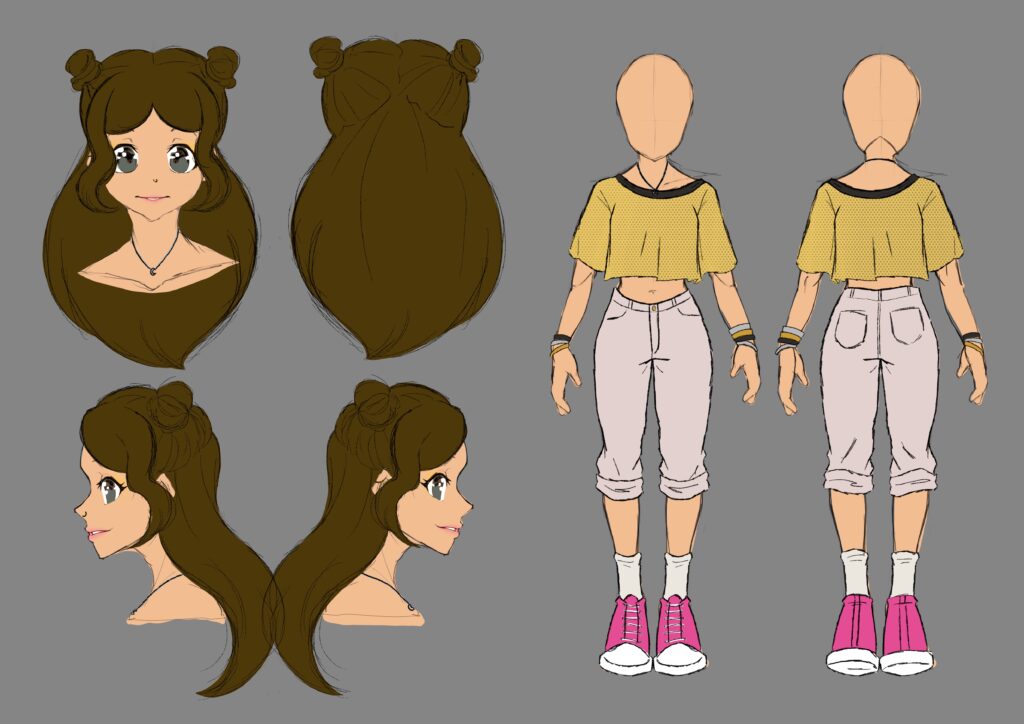

Above: Player character Mirri in 2015 and 2030. Below: Mirri in 2045. (Note: This character won’t be shown modeled in-game. This concept art was created as an exercise to get to know the character better and to be used if any 2D representation of the character will be needed.)

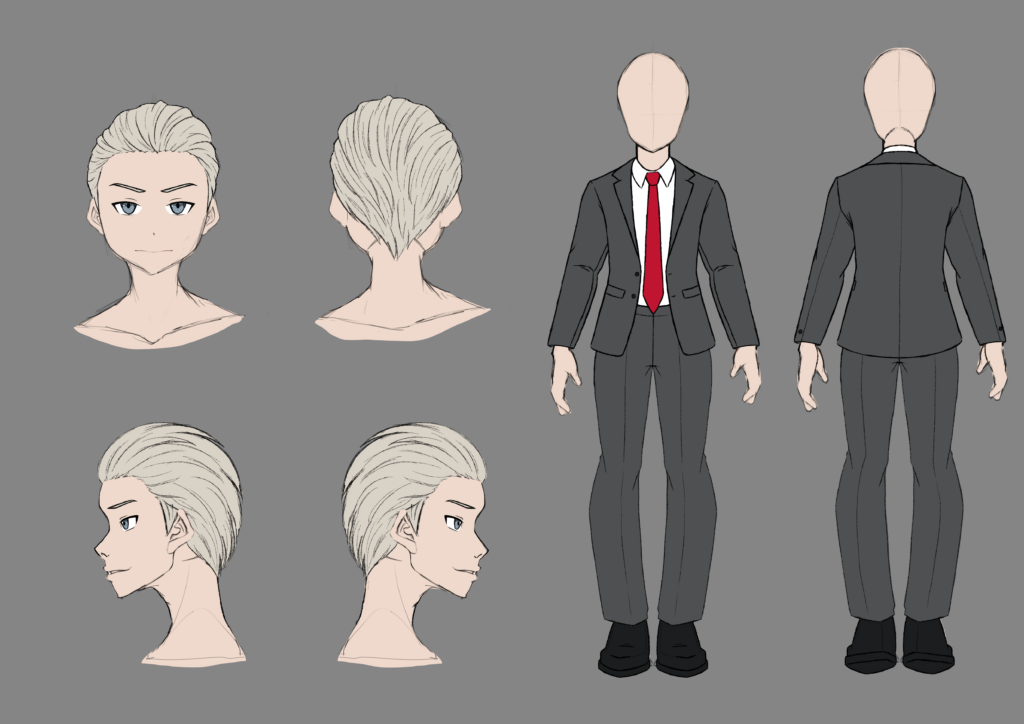
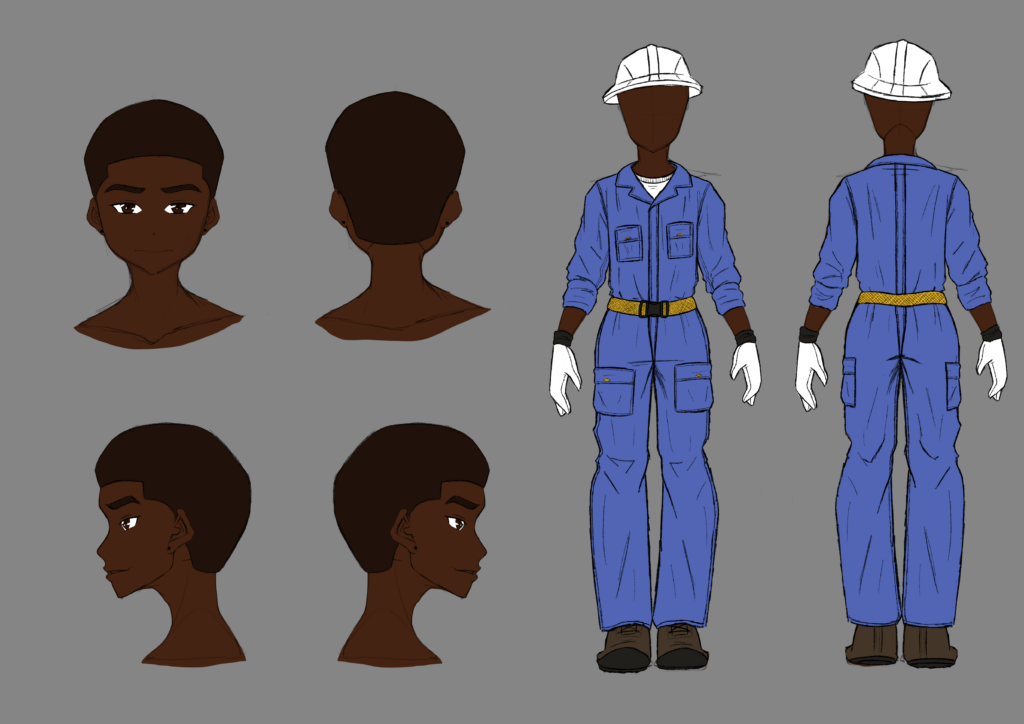
3D Sculpts
These are the sculpts created by Yukti. She is currently creating the final topology for their base meshes in Maya.
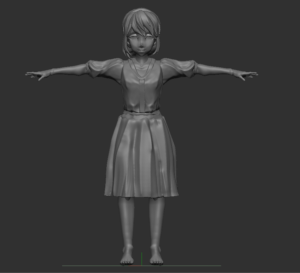
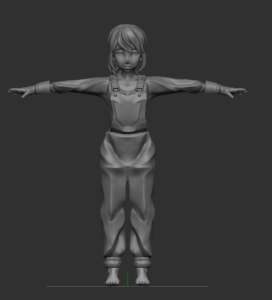
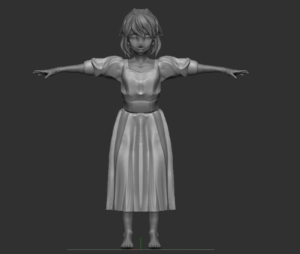

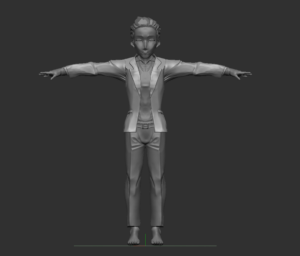
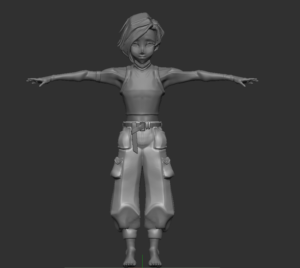
Meeting with Jesse Schell and Playtest
Jesse Meeting
On Friday morning Jesse Schell was kind enough to stop by our project room to talk to us about our project and playtesting.
We first explained to him and gave him a demo of the puzzle section of our game. We explained to him that we wanted this puzzle to address a few different systems in the world of the game: agriculture, energy, and economics. He felt there was a meta lesson to learn in finding the balance between these interconnected systems in the game. He also suggested that if we are going to have degrees of success within the puzzle we should allow the player to replay the puzzle to gain mastery.
We then showed him the survey that we were going to use during our playtest. His suggestion was that we should have face-to-face conversations with our playtesters rather than just have them fill out the survey. He felt we would get more detailed responses that way and the conversations could lead to useful information.
We then talked story. His suggestions for testing the story were to storyboard it and then create some clickthrough version of the story. This way we could test the story easily. When it came to the actual story itself, he said we need to focus on character arcs and making the whole thing charming and poignant. His reasoning for this is that the whole theme of our game is changed so that needs to be reflected in the characters themselves.
Playtest
In the afternoon on Friday, we had 8 playtesters come through to test the puzzles in our game. Each session was 30 mins and we tested for 2 hours. It was extremely useful and got some great data and feedback. After the playtest we had some discussion about where to take the design of the puzzle.
Just as a refresher, the player will interact with a top-down view of the roof and manipulate a solar panel in order to give a certain amount of shade to some plants while allowing other plants to stay in the sun. They will also have 3 times of day to manipulate the solar panel in. The total of sun and shade will be cumulatively added between the 3 times of day. The meters depicted show how much sun each crop needs to receive, with less meaning that they have to be in the shade at points in the day. L and R is for rotation of the solar panel and the “Move” buttons move the solar panel to that location.
Here are some key takeaways from the playtest:
- It was tough to grasp that the sunlight was cumulative across the 3 times of day
- The UI could be confusing regarding the colors of the meters as well as what the reflected sunlight looked like
- People viewed it as a math problem
- At times people were just using trial and error
- They liked the progression of puzzles and learning the mechanics
- There needed to be more feedback in the form of audio
- We discovered a few bugs
Looking into Next Week
- Faculty instructor meeting on Monday
- A second playtest at Hunt Library on CMU’s Campus Tuesday evening
- Meeting with Jessica Hammer on Wednesday
- Have a scene breakdown and some dialogue for our story
- Continued work on art
